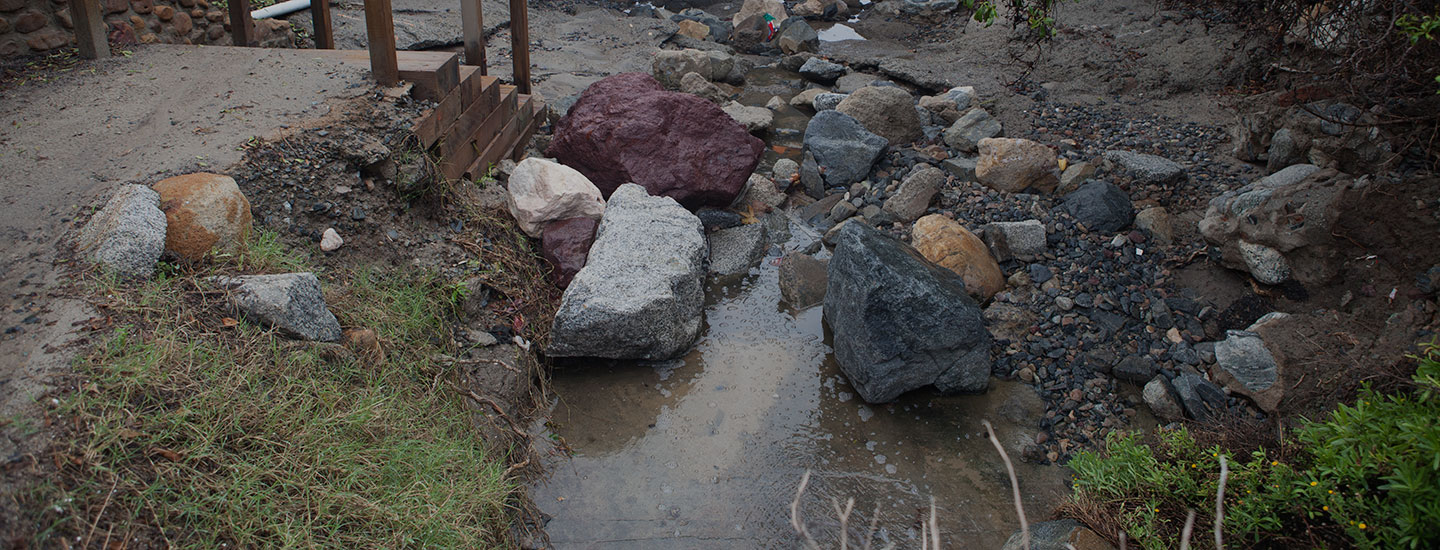
 For over a decade the BEACH Act has provided for the use of consistent water quality standards at marine beaches across the US. In December or 2012, the EPA released revised water quality criteria that include different options based on two different illness rates for states to choose from to make beach management and public health protection decisions.
For over a decade the BEACH Act has provided for the use of consistent water quality standards at marine beaches across the US. In December or 2012, the EPA released revised water quality criteria that include different options based on two different illness rates for states to choose from to make beach management and public health protection decisions.
Prior to the release of these new recommendations, all states were using a single sample standard of 104 Enterococcus bacteria/100 ml of sea water and a 30-day average value of 35. Now states need to adopt either a 130 single/35 avg value or a 110 single/30 avg value in order to remain eligible for their EPA BEACH Act grant. Read more here. Some have already begun doing this while others are still in the process of revising their state standards.
With the release of their revised BEACH Guidance last summer, EPA is also requiring states to start using a much lower threshold Beach Action Value (BAV) to prompt public notification procedures in order to remain eligible for their BEACH Grants. What this means is that sometime during the next two beach seasons, states will start issuing swim advisories and beach closures, not on a water test result that exceeds 110 or 130, but instead these decisions will be required once a test result exceeds a BAV of either 60 or 70 Enterococcus/100 ml seawater, depending on the water quality standard that the state adopts.
While Surfrider supports the option of using BAVs for public notification purposes, as a potential additional layer of protection to be used to let more sensitive members of the public such as families with small children or the elderly know when bacteria levels are rising, by requiring the same management decisions to kick in at these lower levels we are likely going to see a 30% - 60% increase in swim advisories and beach closures depending on local conditions. Although this could result in greater protection of public health, it would occur at the expense of reduced beneficial use and access to beaches and the ocean, and we don't think the EPA has made a strong case for this trade-off.
We also fear that the use of a BAV is going to place a larger financial burden on coastal states to re-sample beaches after advisories are issued to unpost and re-open beaches. State and local beach water testing programs are already running on shoe-string budgets and are forced to prioritize which beaches to monitor and how often. Since these new requirements do not come with any additional funding to support their implimentation, states will likely be forced to reduce the number of beaches that are routinely monitored and/or reduce beach monitoring frequency to compensate. Either of these unintended consequences would result in less water quality information available for public health protection.
There is also a fairness issue here. While all states are expected to notify the public when the health standard is exceeded at beaches, some states only issue swim advisories while others close beaches all together until test results once again fall below the standard. The states and coastal counties that issue beach closures rather than swimming advisories are likely going to experience a larger economic impact from loss of beneficial beach use once BAVs go into effect. Read more on Surfrider's position on EPA's revised beach guidance here.
While there are no legal consequences for a coastal state to refuse to adhere to the EPA's revised beach criteria, the states really need their federal BEACH grant to afford to continue their beach water quality monitoring and public health protection programs. Approximately one half of coastal states rely solely on their federal grants to support their beach programs. This is why states are now scrambling to meet the EPA's requirements either by submitting plans with a timeline to start using a BAV or by justifying the use of an alternative criteria that the EPA will accept as equally protective of public health. In Oregon, the State will be holding 4 public workshops throughout the month of October, to explain the changes that are coming over the next couple of years and to answer questions from the public. Surfrider will be very well represented at these public meetings with both staff and local activists because of our strong interest in maintaining suffienct water quality information for public health protection at Oregon's beaches. Read more details on these public meetings and Surfrider's involvement at oregon.surfrider.org and www.oregonlive.com
Surfrider also has a network of 7 Blue Water Task Force water testing labs located along the Oregon coast. We have a good record of working together with the state agencies to help extend the coverage of their beach programs as well as working with local municipalities to help hone in on pollution sources. See where we are testing here: BWTF. We hope to continue this good relationship with the Oregon Beach Monitoring Program to assist the state in continuing to provide water quality information for public health protection at Oregon's beaches.
If anyone has any questions on how the water quality standards might be changing in your state, please contact Mara Dias at mdias@surfrider.org
Please also take the time to participate in our action alert to ask Congress to continue funding for the EPA BEACH Grants programs. Without this funding, we will see public health protection at the beach diminish, and in some states disappear. Click here to send your email to Congress.